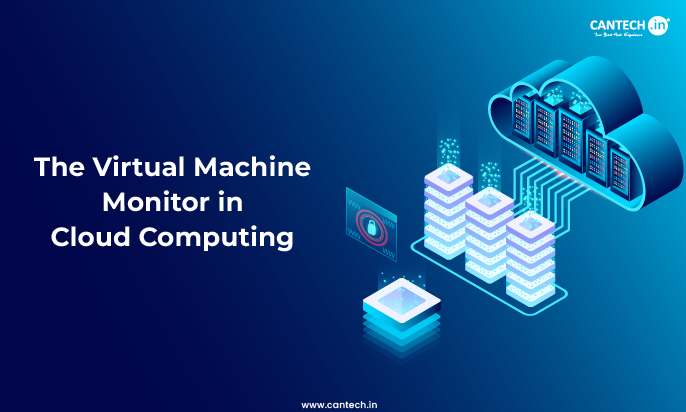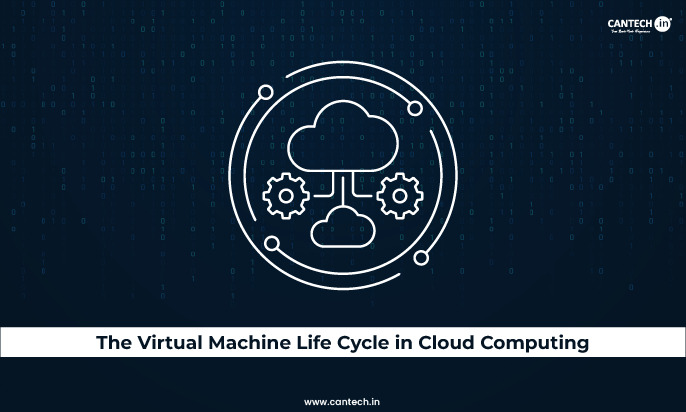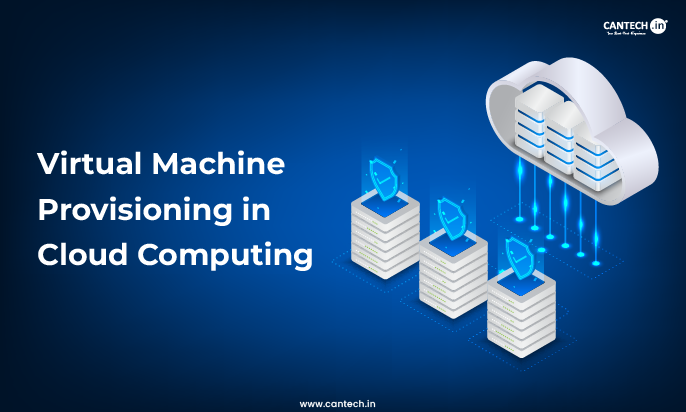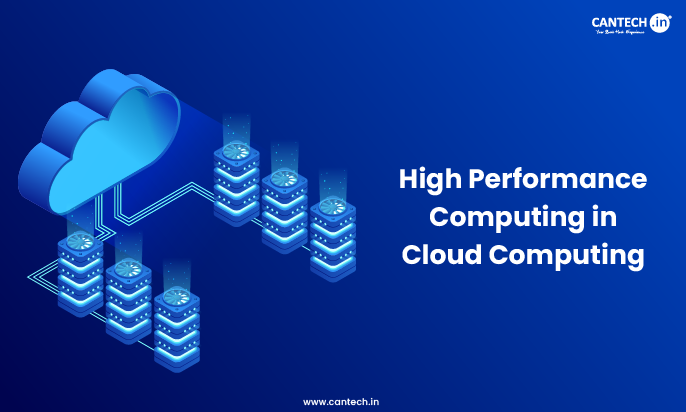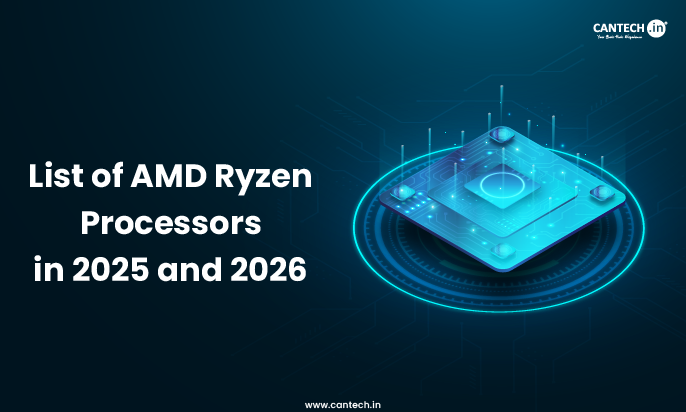Suppose you have to transport a fully powered-on computer that is alive, and you have to move it to another data center rack without even switching it off. The screen must not flicker. The download must not pause. The video call must not drop. This is magic but in cloud computing, it is a normal occurrence. This is called virtual machine migration and happens to be one of the most powerful features of contemporary virtualization.
Virtual machine migration refers to the migration of an active virtual machine between one physical host server and another. The cloud is incredibly flexible and resilient, and it is the technology that makes it so. To any user of cloud services, this demystification of the process helps them see how cloud providers achieve such high uptime and performance.
This tutorial will take you through VM migration. We are going to discuss the importance of it, how it functions under the hood, the various types of migration, and the advantages it has to businesses of any size. Towards the end you will love the amazing work of the engineers that make your digital services run smoothly even when they are being transferred behind the scenes.
Why Should We Migrate Virtual Machines?
Live VM mobility is not only a technical innovation. It addresses serious issues related to data center management and cloud operations.
One of the most common causes of migration is hardware maintenance. A physical server might need an upgrade of memory, new CPU or a replacement of the power supply. In the older systems, this kind of maintenance required the scheduling of maintenance, which usually started late at night or on the weekend thus affecting service. Live migration allows the cloud provider to migrate all the virtual machines in the server that are affected to another healthy server. The server that has been emptied is then maintenance-performed, during which the virtual machines are completely oblivious as to what is occurring.
Load balancing is another major driving force. An example is where there is one server in a cluster that is highly loaded in temperature whilst operating an overcapacity of virtual machine as opposed to an adjacent server that is not busy at all. This kind of arrangement is an incompetent use of resources. This imbalance can be identified by the management software used by the hypervisor and the migration of one or more virtual machines can easily be instigated using a live migration process that will remove the overloaded server and automatically move it to its idle counterpart. This functionality gives a balance to workload and ensures a consistent performance of the users.
In addition to this, migration is an essential component of disaster recovery and energy optimization. Virtual machines can be evacuated in advance when there are indicators that a server is about to fail. To save power, virtual machines may be clustered to fewer servers during periods of low utilization, and thus the other idle servers may be shut down altogether.
The Two Main Types of VM Migration
No migration is identical. The strategy to be used will rely on the situation and the end result. There are two major types namely cold migration and live migration.
The cold migration is the less complex of the two methods. It involves shutting down the virtual machine before it is moved. The virtual machine is then shut down after which its files are copied to the destination host after which the virtual machine is then started again. The process is similar to the transfer of a physical desktop computer which is turned off, unplugged and relocated to a different desk before being reconnected.
The advantage of cold migration is mostly in the fact that it is simple and reliable. The state is frozen since the virtual machine is switched off, and the possibility of data being changed in the course of transfer is non-existent. The only downside though is inevitable downtime. The service offered by such a virtual machine will go offline at the time of the move. This planned down time is tolerable to a multitude of non-critical workloads.
Live migration or as it is also known as hot migration is a more sophisticated and amazing process. It involves moving a running virtual machine in one host to another without any apparent failure. Connection to the network is maintained in an active state and the users and applications that are linked to the virtual machine continue to be completely unaware of the fact that they are being relocated to a new physical machine.
This is the wonder of the contemporary data centers. It has enabled smooth hardware upkeep, dynamic load balancing and active fault tolerance without service failure. The rest of this discussion shall now revolve around the mechanics of the live migration process.
The Process of Live Migration: Step-by-Step
Live migration is a complex communication involving 2 physical servers, coordinated by the hypervisor. The most commonly used method is known as pre-copy migration. This process is outlined in a simple way by the following stages.
The process of the journey begins with a preparation stage. The administrator, or an automated system makes the decision of relocating a virtual machine on Host A to Host B. The first check made by the system is to ensure that Host B has enough CPU, memory, and network bandwidth to accommodate the new virtual machine. It also makes sure that both hosts share the same shared storage which contains the hard disk of the virtual machine. This is an important detail: the disk of the virtual machine is not moved, the state of memory and the state of CPU context are only sent over.
After the destination is set up, the iterative pre-copy process is started. The hypervisor on Host A begins to transfer the entire contents of the memory of the virtual machine across the network to Host B. In this first transfer, the virtual machine still runs and alters its memory. Therefore, some of the memory pages have already been altered by the time the original copy is sent.
The hypervisor then starts a second transfer in which only the memory pages that have been changed during the first transfer are copied by the hypervisor. It is then followed by the third round, where the pages that have been changed in the second round are transferred and so on. As the number of iterations increases, the dirty memory page set that must be transferred also decreases.
The system moves to the switchover stage following several quick iterations. The hypervisor determines that the remaining set of dirty pages is small enough to be moved quickly. It accordingly suspends the virtual machine on Host A in brief. At this pause, typically only a few milliseconds long, the hypervisor replicates the last set of dirty pages, and the precise state of the CPU to Host B.
Lastly, the system will go into the commit stage. Host B immediately resumes the virtual machine. The hypervisor instructs the network switches to send all traffic of that virtual machine to Host B. According to the end-user, there might have been one, hardly noticeable network interruption. The migration is therefore complete and the virtual machine runs on its new host.
The Various Methods of Live Migration
Though the standard method is the pre-copy method, the procedure can be tailored to the nature of assets to be relocated. The location of the virtual machine storage is the most important variable.
The scenario we just described is the most common and is known as a shared storage migration. In this setup, the VM’s virtual hard disk file resides on a central storage system, like a Storage Area Network. Both the source and destination hosts are connected to this SAN. Since both hosts can already see the disk, the migration only needs to transfer the VM’s active memory and CPU state. This makes the process very fast and efficient.
In the absence of shared storage, a more complicated process called live storage migration is used. This process includes the movement of both the memory and the storage of the virtual machine of one host to a different host with the disk blocks of the VM being transferred over the network as the virtual machine is still running.
This is a process that consumes more bandwidth on the network and takes a significantly longer time. The hypervisor is an iterative process that duplicates the storage, and is simultaneously tracking disk block changes that occur in the duplication process. The augmented overhead of this method is a reason that it is selected only when it is necessary like a virtual machine that needs to be moved across data centres or different storage architectures.
Another method is the post-copy migration. This less common approach leaves the hypervisor to only copy the minimum amount of CPU state to the target host, and then applies the boot at the same time to cause the virtual machine to start running. Once the virtual machine on the new host tries to access a memory page which is not yet transferred, fault is signalled and an on demand page is accessed on the source host. Although this method can reduce the overall time of migration, it is associated with the possibility of reduced performance in case the virtual machine reads a significant number of unwritten memory pages at the same time.
The Benefits
The ability to perform live virtual-machine migration has tangible gains which can be transferred to all the cloud users. Unmatched availability and zero-downtime maintenance is the most conspicuous benefit. Operations systems and applications can be stored on the latest and most protected hardware without having to plan an outage and this would be a ground-breaking process to most companies in the world that need constant operational access.
Another major benefit is improved performance and resource efficiency. Automated load balancing ensures that no single server becomes a bottleneck. This creates a “noisy neighbor” effect, where one VM’s resource hunger can impact others on the same host. If that happens, the hungry VM can be migrated to a host with more capacity, restoring performance for everyone else.
For businesses, this also translates into robust disaster recovery and business continuity. If a hardware failure is predicted, VMs can be evacuated before it happens. In the event of a full data center disaster, VMs can be migrated to a secondary site, ensuring that critical services remain online.
Finally, migration enables incredible energy efficiency through dynamic consolidation. During nights and weekends, when demand is low, VMs can be concentrated onto a minimal number of servers. The now-idle servers can be powered down, leading to significant savings in power and cooling costs and reducing the cloud’s environmental footprint.
The Challenges and Considerations
There is no flawless technology and live migration is not without its problems. The process takes up network bandwidth. Various migrations taking place in a large data center can overload the network connections unless there is precision in managing them. That is why the cloud providers use dedicated and high speed migration networks.
Migration also has a performance effect on the virtual machine. The copying of the memory is iterative and involves the use of CPU cycles on both destination and source hosts. This effect is insignificant with most workloads, but in the case of immensely latency-sensitive applications, a short delay during switchover may be objectionable.
The other consideration is security. Migration involves transmission of the memory of the virtual machine on the network. This is less of a risk in a trusted data-center environment but in a highly sensitive workload, the traffic between workloads should be encrypted to exclude hypothetical eavesdropping.
Lastly, not every virtual machine can undergo live migration. The ones that undergo a quick memory shift, referred to as a highly writable working set can find it difficult to carry out the pre-copy stage. The transfer rate can fall behind the rate of memory change making convergence on a small set of dirty pages difficult. In such infrequent instances, a momentary service outage in the last switchover can be more evident.
The Migration Manager: The Unsung Hero
Every successful live migration has a conductor behind it, the migration manager. This is not an individual, but a complex software element in the cloud management platform. Consider it to be an air traffic controller of the virtual machines where all the movements are coordinated, safe and efficient.
The migration manager does more than just initiate the copy-paste of memory. It first performs a comprehensive pre-flight check. It verifies that the destination host is compatible, with a matching CPU model and sufficient resources. It checks network latency and bandwidth between the source and destination to ensure the move will be swift. This pre-validation is critical to prevent a migration from failing mid-process and causing an unexpected VM outage.

Caption: The migration manager acts as a central brain, coordinating the complex movement of VMs across the physical host landscape.
Beyond the Data Center
Cross data center migration is a new reality. One of the more prominent examples is cross-cloud migration. Businesses are moving live virtual machines (VMs) from one private cloud to a myriad of public cloud options like AWS or Azure. This is a growing trend as companies seek to make the most of services without the constraints of a single provider. Businesses can optimize operational flexibility and avoid vendor lock-in in the most progressive cloud environments. Firms can assess myriad service offerings and pick the most sophisticated options.
The complexity of cross-cloud migration makes it much more challenging than local moves. It requires format conversion of the VM and hypervisor of the new cloud which is subsequently secured via public internet and folds in the cloud memories and storage. The virtualization hypervisor complex and public internet protocols are leapfrogged by specialized cloud migration software and combining together metadata. It is much closer to the goal.
The Container Connection
Containers and virtual machines share many traits. This is most notable from VM-centric systems to hyper-converged systems. Container migration is much more direct as the most prevalent method is to pause and restart the container on another host.
This is made possible because containers do not have their own full-fledged operating system; they share the host kernel. They typically store their internal application state somewhere else, such as a database or persistent storage. Therefore, “migrating” a container simply means telling the orchestrator (for example, Kubernetes) to stop the old instance and launch a new instance on the candidate node. This can happen in seconds. This is a very different, perhaps even faster philosophy of movement than the stateful, heavy lifting of live VM migration.
Conclusion: The Invisible Engine of Cloud Agility
Virtual machine migration is a core enabling technology contributing to the resiliency, flexibility, and efficiency of the cloud, it is the invisible engine that enables maintenance without downtime, load balancing without interruption, and recovery without loss.
Next time you use a cloud service that seems to be never down, remember the sophisticated activity of live migration happening under the hood. It is a testament to the power of virtualization, transforming hard, fixed physical hardware into a flexible, fluid resource that can move, shift, and change relative to demand in order to ensure the digital world is always on, always responsive, and always available.



